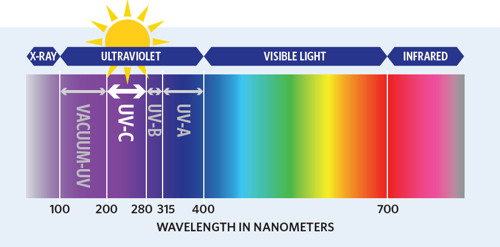
Purify air for better health
Cleaner air means a healthier life — and a more efficient HVAC system.
How clean air helps your health—and your HVAC
It seems obvious—clean air is essential to your health. But it’s also essential to helping keep your existing HVAC clean and running smoothly.
There are two main air purification technologies available to help you, your visitors, and your buildings: bipolar ionization and germicidal ultraviolet light.
Bipolar ionization
Bipolar ionization (BI) uses electricity to manipulate oxygen molecules, helping them attract mold, odor, bacteria, and other volatile organic compounds like viruses.
Once these irritants are connected to an oxygen molecule, a reaction disables and inactivates the contaminants, bonding them in a way that actually groups the contaminants into a larger mass that’s easier to catch in a filter.
In addition to healthier air, some manufacturers claim that this cleaner air leads to less make-up air—literally, air that is brought in to make up for dirtier air—which means less expense heating and cooling the new air.
Regardless of these claims, bipolar ionization has been proven to clean the air, enough that it’s used in major airports and hospitals across the United States—and even The White House!

Germicidal ultraviolet light
Where bipolar ionization uses oxygen to attach and contain harmful contaminants, germicidal ultraviolet light simply eradicates irritants through the power of ultraviolet waves.
In these systems, ultraviolet lamps within a building’s air handling system disable microbes by breaking apart DNA or RNA, leaving the microbe unable to function or reproduce. It works on mold, bacteria, and viruses, but cannot inactivate odor molecules.
Third-party evidence claims that ultraviolet lighting can provide energy savings of about 4.5 percent due to cleaner coils, with some manufacturers claiming as high as 20 percent.
